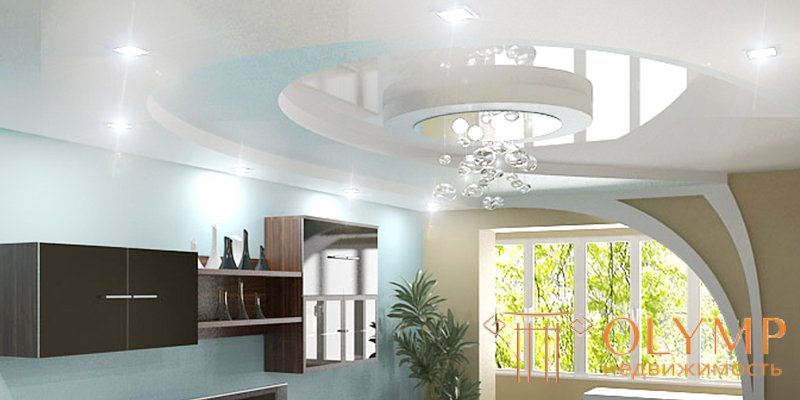

Houseplants are really guests from all over the world: from the tropical forests of India, Java and Brazil, the deserts of Africa and Mexico, the humid subtropics of Australia, America and China. They differ greatly in conditions favorable for growth. Flowering plants need more light than decorative leafy. Optimum illumination for light-loving species is 1500-2500 lux (lux), and for some even up to 5000 lux, whereas for shade-tolerant ones - 800-1500 lux. During the rest period, many plants are satisfied with an illumination of 500 lux. To measure the light, there are special devices - luxmeters.
Equally important is the orientation of the windows relative to the cardinal points. So, the place on the windowsill on the south side is considered to be the best. In fact, it is very dangerous for many species: here daily temperature fluctuations are significant, delicate plants suffer from both daytime overheating and nighttime overcooling. Increased dryness of the air leads to desiccation of the earthy coma. The south window is suitable for cacti and other succulents, hibiscuses, oleander, most palm trees, roses, laurel, coleus, kalanchoe, jasmine, bulbous, pineapple, coffee tree.
East windows are ideal in all respects. The soft rays of the morning sun are replaced by bright diffused light in the afternoon. The natural even lowering of the temperature in the evening makes it possible to grow here all without exception houseplants - from moody orchids to unpretentious chlorophytums.
For the northern windows are characterized by diffused light and light shade. Here, the plants are not threatened by sunburns and instant drying of the soil in the pot, they are less likely to be invaded by a spider mite - a lover of warm conditions. This pest, by the way, is especially active in the winter when the air in the room is dry. Daily temperature fluctuations are insignificant if the window is closed. In the north, far from direct sunlight, the window lives well with flowering saintpaulias and cyclamens, spathiphyllums and bromeliads, decorative and leafy aroid, maranth, fittonia and begonias, ferns, asparagus and coniferous araucaria.
Western windows have about the same disadvantages as the south. Increased temperature in the afternoon decreases sharply after sunset. Here it is better to settle large decorative leafy fatsia, ficus, dracaena, crotons, dieffenbachia, yucca, shefflery, spathiphyllum and beautifully flowering plants - abutilon, anthurium, camellia, strelitzia.
Potted plants can be placed not only on window sills, but also on special stands, in florists, on tables and cabinets, hung on walls or under the ceiling. The scope for your imagination is not limited. But just do not forget: the farther from the window you place the plant, the less natural light it receives. Moreover, as the distance from the window increases, the illumination falls very sharply: for example, at a distance of 50 cm it is slightly less than 30%, at a distance of 1 m - 18%, and two meters from the window - only 7.6% of the street's daylight . Only the most shade-tolerant species, such as alokaziya, plump asparagus, aspidistra, philodendron, sansevieriya, ferns, ivy, can tolerate such lighting. To solve the problem of lack of light, you can use artificial sources - fluorescent or discharge lamps. It is known that the most useful blue-violet and orange-red rays of the spectrum. Their sources can serve as lamps of several types.
Что бы оставить комментарий войдите
Комментарии (0)